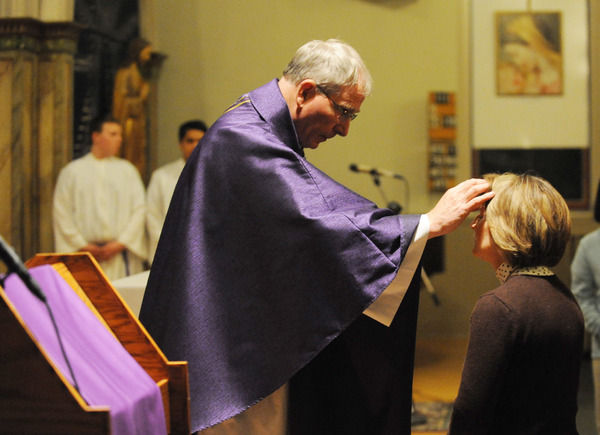
On Ash Wednesday, you wear a cross on your hand or forehead as a visible reminder that though you are marked with dust today, you are forever unmarked by the gift and sacrifice of Jesus Christ. 'Even before I went to my first football match my grandfather took me to Lords for the first day of the second Ashes Test in 1953. The sacrifice Jesus made is what frees us from the markings of sin – because of him, we walk free and clean. Even though we are the ones marked with dust on Ash Wednesday, Jesus is ultimately the one who gets dirty. People often “give up” something for Lent, an exercise that reminds us in our sacrifice to be mindful of the sacrifice Jesus made for us.ĭiscipleship always starts with an encounter with Jesus. Ash Wednesday is the beginning of Lent, a. This season is typically one of discipleship – where we try to transform our dirt into something holy. Since the Middle Ages, the Church has used ashes to mark the beginning of the penitential season of Lent, when we remember our mortality and mourn for our sins. I turned to the Lord God, to seek help, in prayer and petition, with fasting, sackcloth, and ashes. Lent begins with a small marking of ashes, a little dust that confronts us with our sin, and our mortality – from dust to come and to dust we return, save for the miraculous actions of Easter day.


On this day ashes are placed on the foreheads of the. may be kept or appropriate music can accompany the imposition of ashes. Ash Wednesday, in the Western Church, the first day of Lent, being the seventh Wednesday before Easter. Ash Wednesday is the first day of Lent, the 40 days leading to Easter, where we begin a journey towards preparing our hearts for Easter, and the world-changing miracle that celebration represents. Ash Wednesday is the Wednesday of the seventh week before Easter and the first day of.


 0 kommentar(er)
0 kommentar(er)
